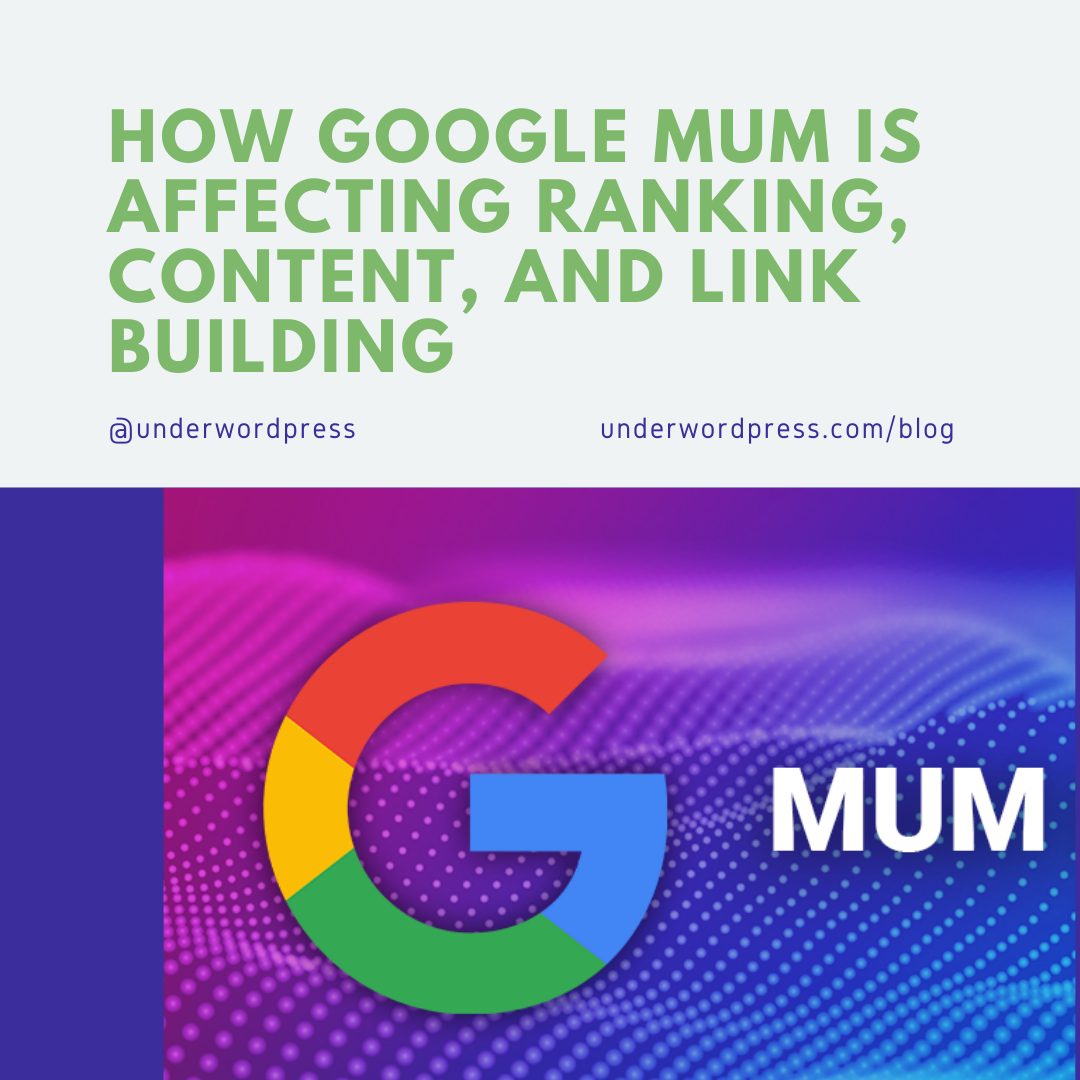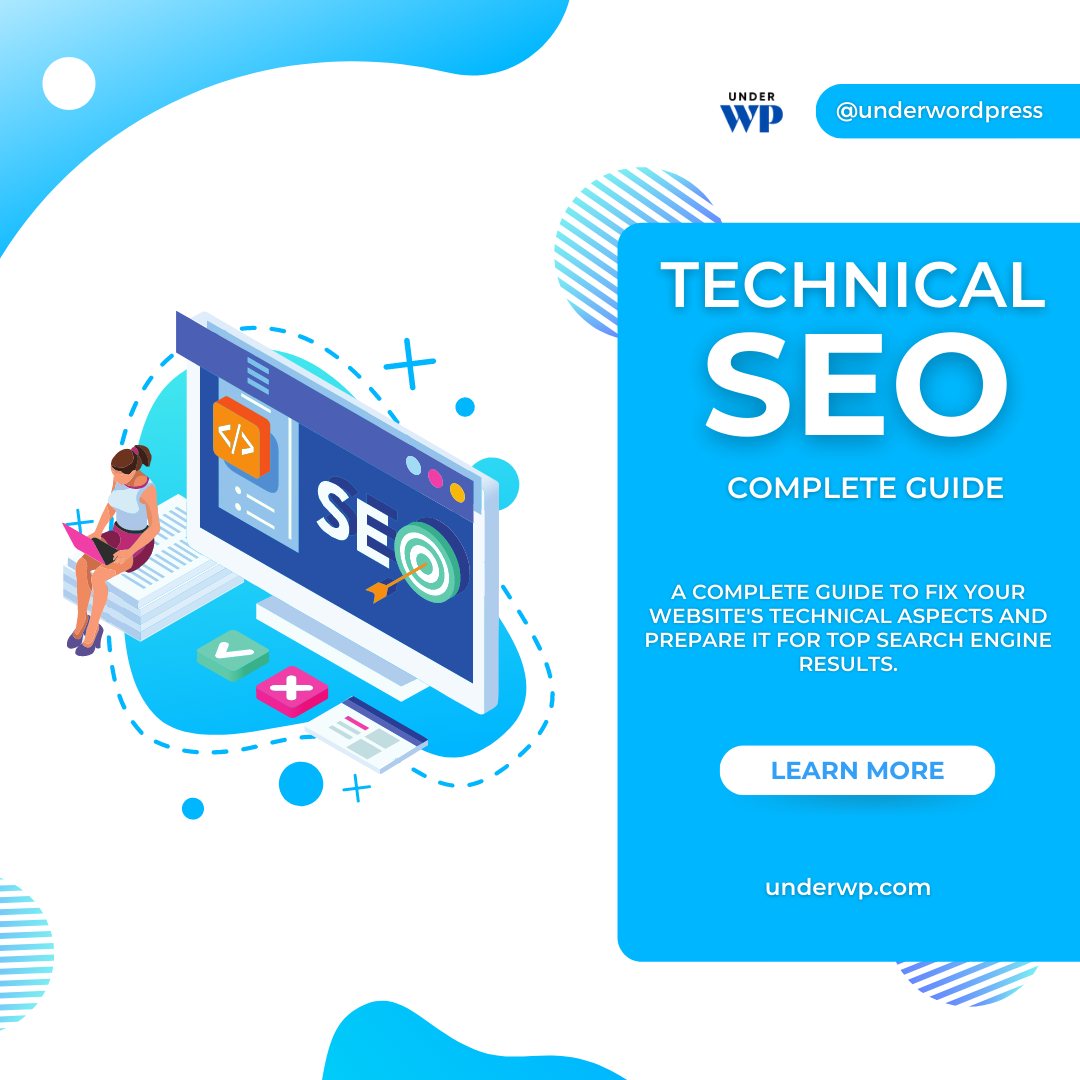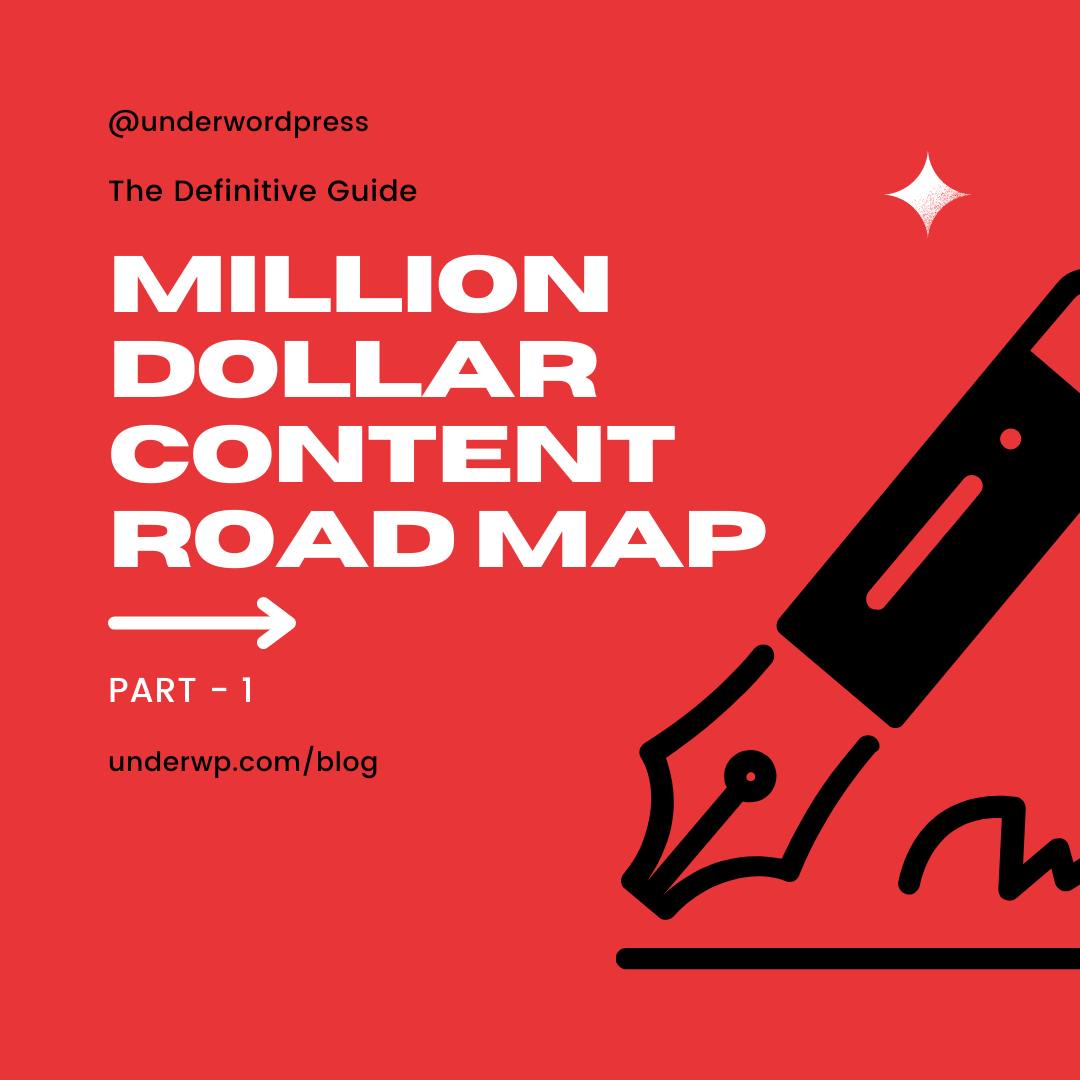Google released a new algorithm called Google MUM in June 2021.
Naturally, as an SEO professional, my first thought is, “Great. How will this affect my rankings, content, and link building?”
This update is not like any other updates that we see from Google. It affects the SEOs in a bigger way. This is why we decided to write about this post today and highlight its importance.
What is MUM?
MUM, or The Multitask Unified Model algorithm, was built by Google to help searchers find content easier, across multiple languages, using AI.
“We're addressing one [problem] many of us can identify with: having to type out many queries and perform many searches to get the answer you need,” says Pandu Nayak, Google's Vice President of Search.
MUM seeks to consolidate multiple searches into a single action and turn search into a familiar human experience.
Let's look at an example to get a glimpse into how this algorithm shift will affect the search journey of users. We'll call this example “The Marathon Example”, in which it will be easy to see how the past and future of a Google search compares to a natural, human conversation.
“The Marathon Example” will illustrate how MUM will change the landscape of search.
Pretend the user is preparing for a marathon.
The Marathon Example – Google in 2021
Currently, to learn more about a subject, a user may have to type in multiple exact, long-form queries to find a specific answer. For instance, if a user wants to prepare for a marathon, they might enter at least four search queries such as:
- [Fitness regimen for a marathon]
- [Best running shoes for marathons]
- [How to run long distance]
- [Running training schedule]
- (and so on)
They would then need to read up on one topic at a time, performing a new search query for each topic. The user leaves the search experience with fragments of information and no clear path forward.
The Marathon Example – Natural Human Conversation
In contrast, if that searcher were to approach a human friend with the same concern around marathon training, they would simply ask their friend a single question: “How do I prepare for a marathon?”
The answer would be a thoughtful response from the human's experiences. It would naturally cover everything the searcher would want to know – fitness regimens, best running shoes, long-distance training, examples of schedules, etc.
The searcher leaves the conversation feeling as if they have a cohesive understanding of how to train for a marathon.
The Marathon Example – MUM
The idea behind MUM is to bring that same humanistic efficiency to the search process.
For example, a user can ask a single, broad query such as:
- [How do I prepare for a marathon?]
Then, the algorithm will intuitively perform a search and display results that encompass all the subqueries – fitness regimen, best running shoes, long-distance training, examples of schedules, etc – that may exist within that one broad query.
The user leaves the search experience feeling as if they have a cohesive understanding of how to train for a marathon.
In short, Google now wants to understand the nuances behind a searcher's query, allowing it to provide a comprehensive experience that hits on all of the searcher's potential queries.
BERT vs. MUM
In 2019, Google introduced BERT as a powerful language model that changed how queries work on the search engine results page (SERP). Because it understood the language better by looking at the full context of a single query and thus search intent, BERT served more relevant results to users with its bi-directional algorithm.
BERT is able to process queries in two directions at a single time, helping the user feel that Google understood their needs. This was unlike anything we had ever seen before in the world of search.
A machine could now comprehend and predict millions of users' needs at a single time. Sounds earth-shattering, right?
But get this – MUM is said to be 1,000 times more powerful than BERT. Yes, 1,000 times.
To make it even more amazing, MUM will be able to display accurately translated information from global websites in 75 different languages. SERPs will no longer be limited to the user's native language.
MUM is built on the same system as BERT, but it can now handle multiple tasks simultaneously. This means it can answer complex questions more directly than BERT.
Why is this so exciting?
Users gain access to more information at once, including video, podcasts, and graphics, without needing to perform multiple searches.
On the other hand, you, in particular, should be excited because your content has the potential to become visible to a much larger, global audience.
MUM Features
When MUM was announced in May 2021 at the Google I/O event, we were shown three key features destined to change to the landscape of search:
- “Things To Know”
- Topic Zooming
- Visual Search
“Things To Know”
The “Things to Know” feature will display the logical SERP pathways MUM thinks the searcher will use after a specific query. This feature could provide you with a glimpse into a searcher's thought process when it comes to a product or service.
By researching keyword phrases and understanding how Google presents information to the searcher, you can gain insight into what type of content to produce.
Based on the advanced AI used in the algorithm and its deep knowledge of the world, Google assumes where a typical searcher wants to go and displays a natural pathway that mimics the average inquiry process.
For example, if you searched [marathon workouts], Google might present pathways including “how to get started,” “best cardio routines for at-home gyms,” and “endurance-building tips.”
Additionally, MUM is fluent across 75 languages, which means it can cross-reference content in other countries and provide accurate translations.
So, if you are searching for a marathon route in another country, MUM could discern which localized content is relevant to your search and translate it for you. After all, locals in another country would know more about their routes than a foreigner.
You would now be able to get higher-quality, more accurate information from locals in your native language.
This technology truly gives searchers access to global content in a way that is relevant to their searches.
Topic Zooming
Topic Zooming's capabilities are exciting, especially for brands that struggle to serve content in a super niche industry.
This flexible feature allows users to narrow or broaden a search topic, enabling searchers to jump in and out of related topics more quickly. Additionally, brands may have an easier time increasing their discoverability, especially if their content typically covers granular issues.
If your search query is [marathon training schedule], you have the capability of broadening the topic to [marathon basics] or [marathon tips]. You can also make the topic more specific by narrowing in on [marathon running techniques], [best shoes for marathons], [what to eat before a marathon], or [marathon training groups].
Searchers will soon be able to start with a simple search; after a quick visual scan of the results page, they can receive several different answers to their current query and subsequent queries.
Visual Search
MUM's third key feature will help deliver a more visual search to users.
Businesses who rely on pictures to sell their products (eCommerce websites, artists, graphic designers, etc.) can expect their graphics to show up in the regular search results, not just the image search results.
When a user searches for inspiration, MUM will understand that the user ultimately wants visual results. For example, someone might search for [best scenic marathon training routes] or [best shoes for marathons], and MUM will serve them extensive image results along with the standard ten blue links.
MUM will also help identify related content in videos, even if the video does not explicitly mention the topic. This gives the searcher a more in-depth SERP, allowing them to dig deeper into a topic without searching multiple queries.
How MUM Changes SEO Strategies
After analyzing the basics of the MUM algorithm, we can understand that search is changing to serve users better. Ultimately, searching for multiple queries will become a thing of the past.
The new AI can anticipate a searcher's needs, allowing users to discover new pages and content. With the rollout of Topic Zooming and Visual Search, the SERPs will no longer be limited to the 10 blue rankable links.
How can you use this to your advantage?
MUM & Content
Content must align with the searcher's intent – now more than ever. Historically, Google's algorithm updates have always been to serve the end-user.
Each algorithm change has carved a path that leverages helpful content to answer questions.
MUM is a giant leap forward in regard to giving users what they are asking for.
Since MUM targets users, you must:
- Think creatively about how people search.
- Optimize for the end user and the algorithm.
- Create clear, understandable content.
While keyword optimization will always be necessary, you'll need to switch your thinking to optimize for human understanding instead.
How To Optimize For Human Understanding
Instead of creating content determined by keyword rankings, you must create content from a conceptual query. Keywords should describe what's on the webpage and what the sections are about instead of simply leveraging high-value keywords in headers and titles.
The new AI technology can filter through content more quickly, making “wrong” content disappear faster.
These deliberate changes aside, your goal should remain the same: to serve the user high-quality, relevant, and valuable content that answers a query.
MUM & Ranking
Google will begin to prioritize content that matches searcher intent, in addition to traditional ranking factors. This is not breaking news.
What is breaking news is how rankings may be affected by MUM's ability to translate global content that fits the user's search intent.
MUM, fluent in over 75 languages, provides better answers to queries, meaning that it can pull results from other countries and serve them to the user in their natural language.
Take the Mount Fuji example that Pandu Nayak used in her introduction of MUM:
If American users want to compare two hiking trails on Mount Fuji, MUM understands that some of the most relevant content would likely come from Japan.
So, since Mount Fuji is in Japan, MUM scours Japanese content and serves users articles in their preferred language.
With MUM, your target audience has the potential to expand worldwide instead of under the confines of a nationwide search. The door is now open for searchers to find global content.
Global content now has the potential to outrank your content.
How To Rank When SERPs Around The World Will Be Considered
In alignment with Google's E-A-T standards, you need to keep focusing on building valuable, relevant content, and allow MUM to do the work for them.
To help increase the chances of ranking on the SERPs, you should create multimedia content, because MUM filters through results from podcasts, images, audio, and video.
This could mean adding a short video to a blog post that helps reinforce the topic or using graphics to visually show a point.
Additionally, you should consider switching to a multilingual SEO strategy. Also similar to multiple SEO strategies we have on our blog here: Multiple SEO Campaigns. Helpful or Not?
Content in the U.S. will soon compete with content in Asia, Europe, Australia, and other significant resources around the world.
Incorporating localized keywords into translated content could help users find this content in their native language more easily.
MUM & Link Building
No matter how Google serves content to the user, people still want to know they can trust your content and brand. With that in mind, we can assume that with the door opening wide for global content, backlinks will be as important as they are now, if not more important.
How To Navigate MUM In Regards To Link Building
Google still emphasizes content that follows its E-A-T standards. The best way to improve your E-A-T is by continuing to execute solid, reputable link building strategies.
Final Words
You should keep in mind that MUM looks beyond written content. While the user looks to find the most relevant answer, MUM looks at the video, graphics, podcasts, and other non-traditional content.
Modify your content creation strategy to include a variety of relevant, high-quality content types. It won't do much good if you offer just written content when someone else answers the query better in a video or in another language.
Expand your content to make sure you are hitting all areas of the new search.
Whenever Google announces a new algorithm, it's natural to wonder how it will impact the day-to-day search. After all, that's our job, isn't it? However, by looking at the basic features of MUM and understanding Google's ever-present standards, we can conclude that the core of Google hasn't changed.
Google wants to serve relevant and valuable content – just like always. While we focus on providing content readers want to read, MUM will do the rest of the work.




